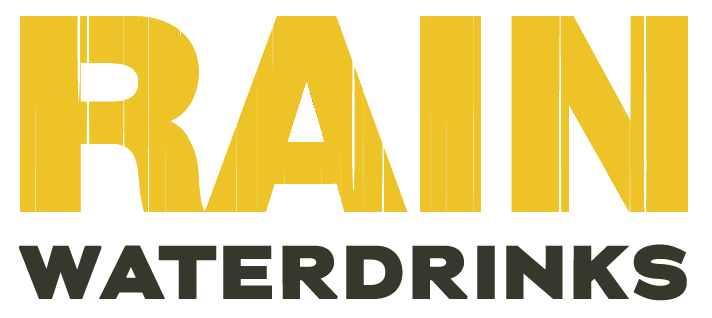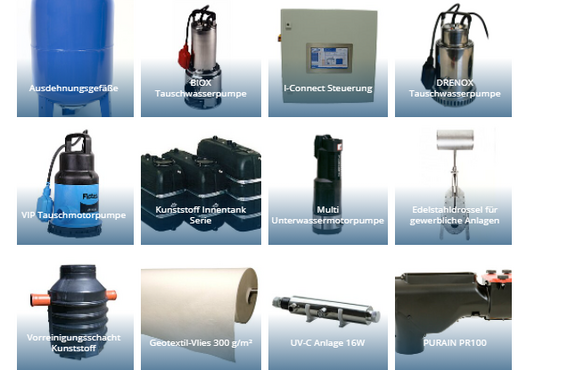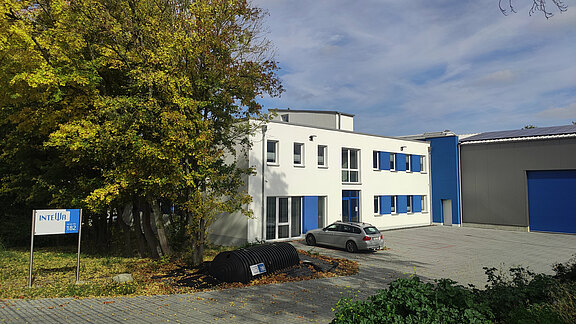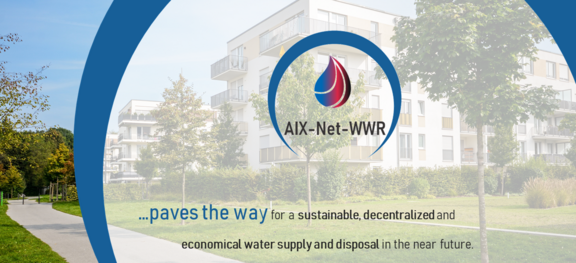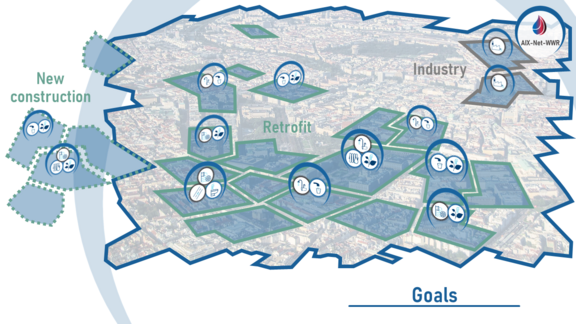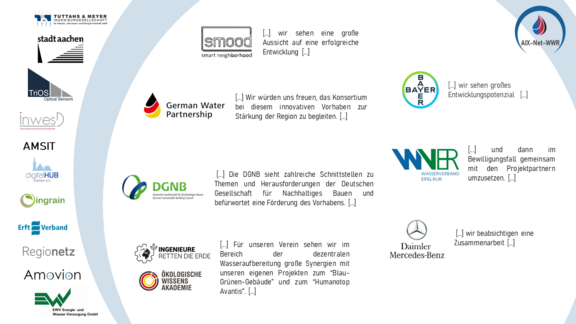BMBF selects Aachen network for wastewater reuse
AIX-Net-WWR, the "Aachen Network for Waste Water Reuse", is a network that wants to "give wastewater anew life" and not just once but again and again.
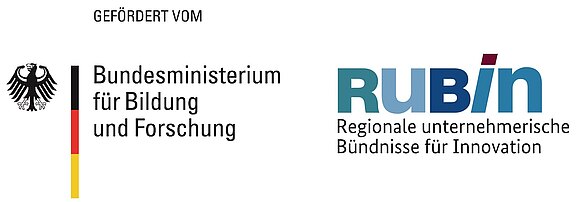
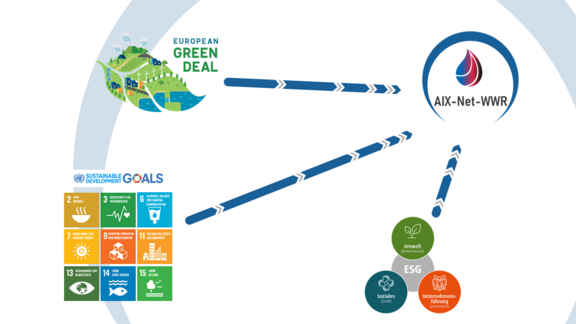
The Aachen network of entrepreneurs and researchers has now been finally selected from 53 sketches with different topics to develop innovative solutions for wastewater reuse. The centre of the alliance is the Aachen city region. It is undergoing a major structural change due to the planned lignite phase-out by 2038 and therefore forms an ideal basis for the RUBIN programme ("Regional Entrepreneurial Alliances for Innovation") under the heading "Innovation & Structural Change" of the Federal Ministry of Education and Research.
The environment
Around the world, climate change with record heat and drought is increasingly leading to regional water scarcity on the one hand and flooding on the other. After many years of intensive negotiations, all states of the United Nations have committed themselves to changing the global economy in a climate-friendly way. The GREEN Deal should lead to investments of at least €1 trillion in the European Union by 2050. The goals and recommendations for action are described in the 17 SDGs called Sustainable Development Goals. Sustainable water management is a crucial prerequisite for the implementation and achievement of a large part of these Sustainable Development Goals.
At the same time, ESG (Environmental Social Governance) investment criteria have established themselves on the financial market. This demonstrates that only sustainable entrepreneurship can be economically worthwhile in the future.
It is in the context of these pioneering framework conditions that the new alliance AIX-Net-WWR sets out.
Current situation and goals
Most cities nowadays have centralised water supply and wastewater disposal. However, this brings with it a number of disadvantages, such as decreasing water supplies in the face of increasing water demand and the loss of valuable materials specifically in the form of water and heat (approx. 55 m³ of water and approx. 550 kWh/person) for direct recycling at the point of wastewater generation.
In many central wastewater treatment plants, the wastewater is also insufficiently treated for possible reuse, depending on the size of the connection, so that the remaining contents contribute to increasing water pollution.
In the AIX-Net-WWR city of the future, there will be standardised, semi-decentralised wastewater reuse systems at neighbourhood level with innovative individual technologies that solve the problems mentioned. The word semi-decentralised describes that several buildings are connected to one system. The advantages of semi-decentralised systems lie in particular in the close spatial linkage of wastewater generation and treatment. This enables the direct reuse and utilisation of the treated water and the energy present in the wastewater directly at the point of wastewater generation, optimised both ecologically and economically.
In designing the semi-decentralised treatment plants, AIX-NET-WWR has set itself the following goals:
- the possibility to treat the wastewater to different water qualities, such as bathing water, irrigation water, service water, hygienic water and drinking water
- the use of the systems in the construction of new residential areas, but also for the conversion of existing structures with the involvement of local supply and disposal companies
- a modular and scalable design, and
- the economic efficiency of the systems within a few years through enormous savings of the core resources water and energy.
The innovative individual technologies within the standardised systems should also be able to treat industrial and commercial wastewater and thus also enable individualised solution models.
The implementation
In order to make this vision possible, the following novel water treatment technologies are to be researched and developed in five collaborative projects as part of the implementation phase:
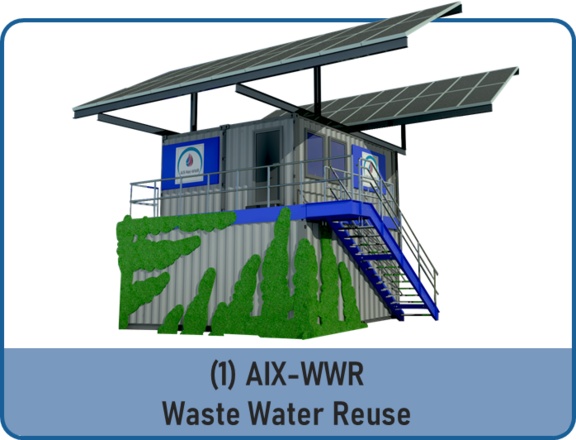
In the 1st joint project, the AIX-WWR, a complete demonstrator in container form is being developed for the treatment of domestic wastewater with the aim of achieving an almost complete water cycle. A core component of this demonstrator is an innovative, energy-efficient membrane bioreactor, which will be adapted to the special requirements of semi-decentralised plants as part of the joint project. The demonstrator will treat 40 m³ (equivalent to approx. 267 PE) of domestic wastewater. For this purpose, it will be installed, tested and further developed locally within the respective neighbourhood.
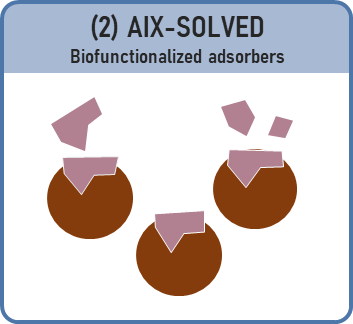
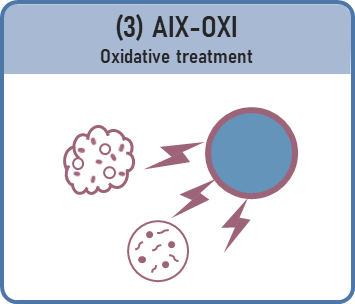
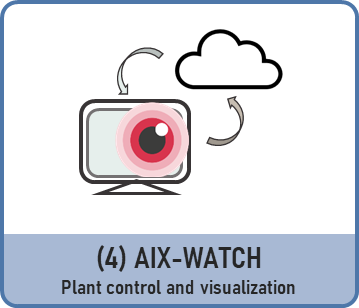
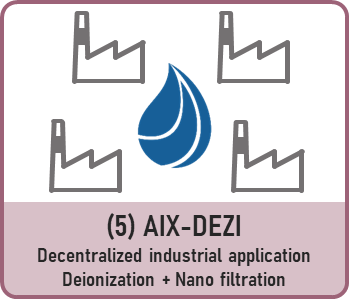
In the 2nd joint project - AIX-SOLVED - a purification process is being developed in which adsorber granulate is biofunctionalised with enzymes. The aim is for enzymes - i.e. biological material - to adhere to a new type of granulate and remove impurities from the water in collaboration with the granulate.
In the 3rd joint project - AIX OXI - a new type of plasma reactor is being developed for the first time to realise energy-efficient removal of trace substances and disinfection of water. In the process, air molecules are split into ions and electrons, which, carried into the water, break down organic contaminants.
The 4th joint project - AIX-WATCH - focuses on the central issue of ensuring the quality and hygienic safety of the treated wastewater. For this purpose, a new validation methodology is to be developed by means of innovative monitoring and control concepts.
The 5th joint project - AIX-DEZI - is concerned with the decentralised treatment of industrial wastewater streams containing salt, heavy metals or trace substances, using innovative nanofiltration membranes and a new type of FCDI deionisation - a desalination process in flow-through operation - as completely as possible.
The network
In order to achieve these ambitious goals, 12 companies, one start-up and 5 research institutions from the Aachen region have joined forces to profitably combine their respective expertise.
Table 1: AIX-NET-WWR Alliance Partner
| Company / Institution | Core competence | Website |
1 | INTEWA GmbH | Water treatment and stormwater management | |
2 | Aixprocess GmbH | Simulation technology, Big Data applications and real-time process optimisation | |
3 | ALFERROCK GmbH | Investigation, production and marketing of waste products from industrial processes | |
4 | Membion GmbH | Development and production of membrane mo-dules for wastewater treatment in membrane bioreactors | |
5 | Prüfinstitut für Abwassertechnik GmbH | Accredited and notified testing laboratory for decentralised wastewater systems | |
6 | SeSaM-Biotech GmbH | Discovery, development and production of enzymes (protein engineering) | |
7 | STEP Consulting GmbH | Planning and implementation of process and energy engineering projects for (waste) water treatment and desalination | |
8 | SV Steuerungstechnik | Electropneumatic controls, programming and vi-sualisation for technical systems | |
9 | SIMA-tec GmbH | Development of laboratory and pilot plants for R&D services in process and wastewater technology | |
10 | Redline Technologies Elektronik GmbH | Development of process power supplies for industrial and medical applications | |
11 | nrw-Anlagentechnik GmbH | Development and production of screens, fine screens and screw separators | |
12 | Bühler Technologies GmbH | Development and production of inline sensors for real-time monitoring of gases and fluids | |
13 | Ruhr-Universität Bochum | Working Group for Biomedically Applied Plasma Technology (BPT) / Chair of Applied Electro-dynamics and Plasma Technology (AEPT) Experimental implementation and diagnostics of various technical plasma processes | |
14 | DWI – Leibniz-Institut für Interaktive Materialien e.V | Membrane processes, development and modify-cation as well as process development | |
15 | Forschungsinstitut für Wasserwirtschaft und Klimazukunft an der RWTH Aachen e. V. | Optimisation of wastewater disposal, energy ge-neration at wastewater treatment plants, online analytics | |
16
| Fraunhofer Aachen | Institute for Laser Technology (ILT): New laser beam sources and processes for material processing, metrology and life sciences | |
Institute for Molecular Biology and Applied Ecology (IME): Development of biotechnological production platforms for peptides, proteins and enzymes |
| ||
17 | Rheinisch-Westfälische Technische Hochschule Aachen | Institute for Urban Water Management (ISA): Water reuse, trace substance elimination, membrane applications, environmental analysis | |
Chair of Biotechnology (ABBT): Protein Engineering with Evolutionary and Rational Methods |
| ||
Chair of Controlling (CON): Environmental, business model, innovation, transformation and value creation controlling |
| ||
18
| Korallenwächter – Kowalytics UG | Hardware and software for recording and evaluating measurement data (titration and colorimetric methods) |
AIX-Net-WWR is also supported by numerous potential future customers, such as industrial companies and, above all, water supply and disposal companies, but also by other organisations from the construction and environmental sectors.
Through Isle Utilities, a consultancy specialising in municipal utilities and waste management, the market potential for AIX-Net-WWR has been calculated to total €100 billion by 2031. By 2031, the alliance plans to recruit 200 additional staff from the region to work on the implementation of the set goals. The expected project start date is 1 June 2023 and the Alliance is open to other associated partners who wish to actively support the project. The common goal is to make AIX-Net-WWR a leading global network for water reuse in line with the United Nations Sustainable Development Goals.
Words: | 10.158 (incl. spaces) |
Alliance Coordinator: | INTEWA GmbH |
Authors: | Oliver Ringelstein, INTEWA GmbH Dr. Klaus Vossenkaul, Membion GmbH |
| E-Mail: | aixnetwwr@intewa.de |

